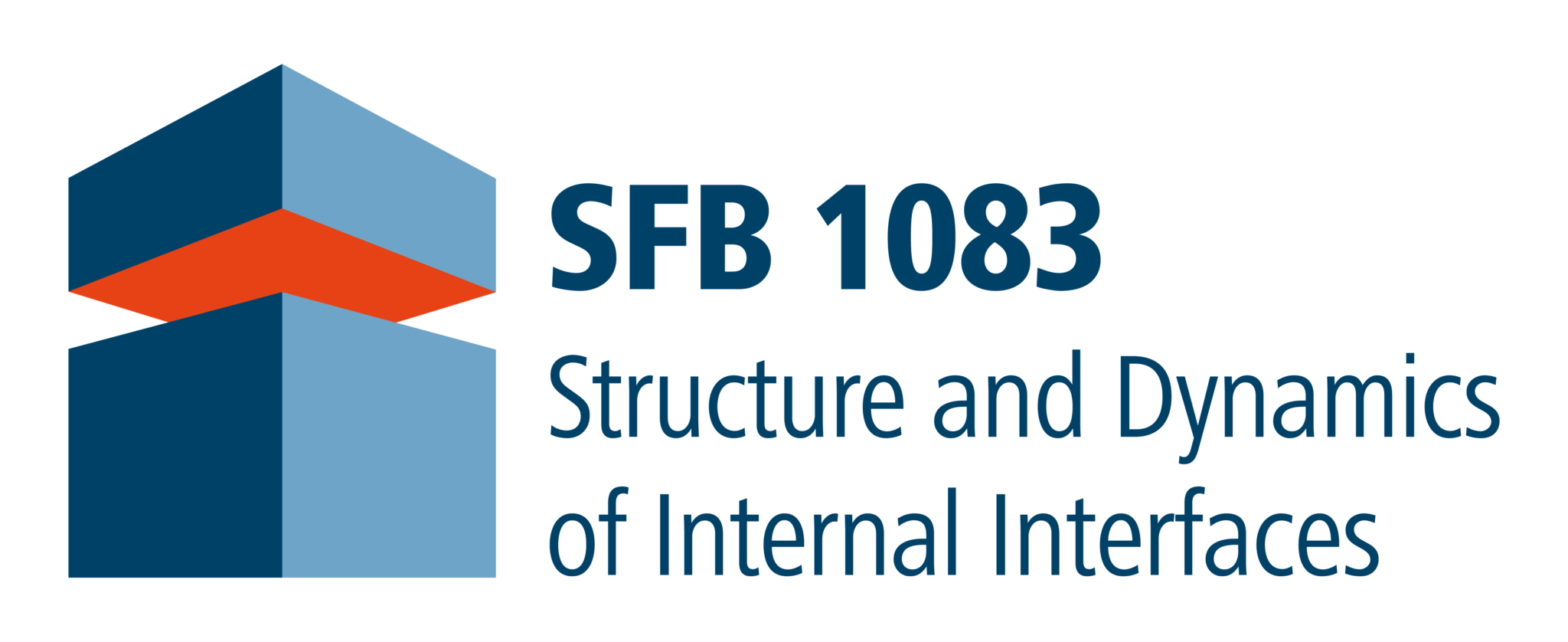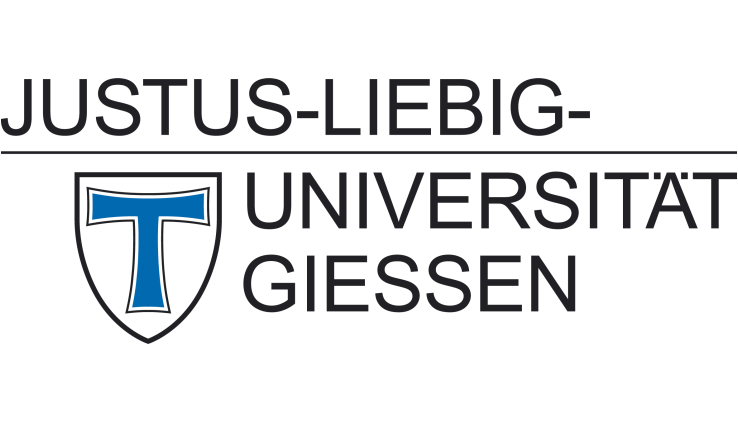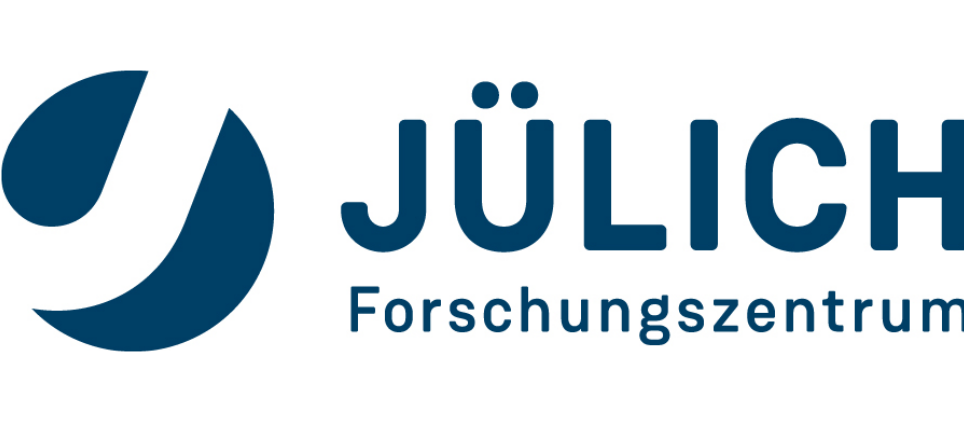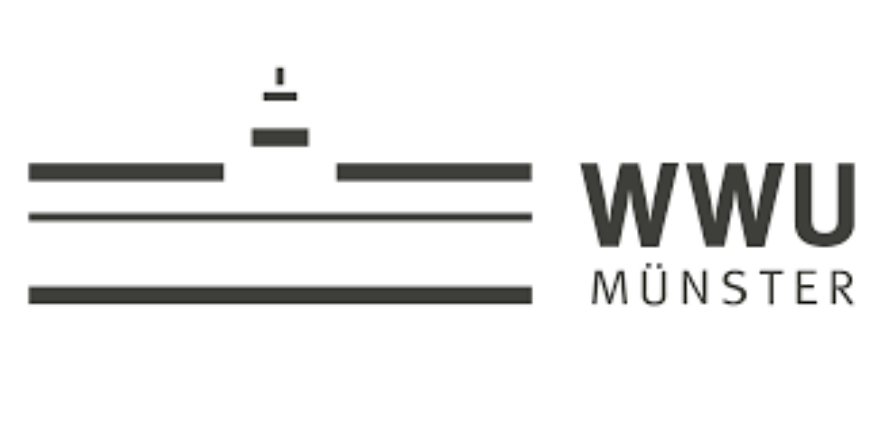Formation of Moiré Interlayer Excitons in Space and Time – Publication by B9 (Malic) in Nature
A large research team including Ermin Malic and coworkers observed the formation of a “dark” moiré interlayer exciton for the first time

A large number of so-called optically dark excitons form between two twisted layers of tungsten diselenide (top) and molybdenum disulfide (bottom) after optical excitation. (Reprinted with permission from Nature, link see below)
Atomically thin structures made of two-dimensional semiconductor materials are promising candidates for future devices in electronics, optoelectronics and photovoltaics. The properties of these semiconductors can be controlled by stacking atomically thin layers on top of each other. However, the angle of rotation in the structure of the semiconductors can be adjusted as desired, and this angle of rotation is of interest for the production of novel solar cells. Typical experimental approaches have only indirect access to the moiré interlayer excitons and are blind to the ‘dark’ excitons.
An international research team including Ermin Malic and coworkers from the SFB succeeded in directly visualizing so-called dark moiré interlayer excitons by using time-resolved ARPES measurements combined with microscopic many-particle theory. The researchers show how the time-resolved momentum microscopy provides deepest microscopic insights into these technologically relevant questions.
These results not only provide a fundamental insight into the formation of dark moiré interlayer excitons, but also open up a new perspective to study the optoelectronic properties of these new and fascinating materials, e.g., the signature of the moiré potential and the influence of the combined properties of the two twisted semiconductor layers.
For further information, please see the press release by the university of Göttingen (in German).
Publication
D. Schmitt, J.P. Bange, W. Bennecke, A.A. Al Mutairi, G. Meneghini, K. Watanabe, T. Taniguchi, D. Steil, D.R. Luke, R.T. Weitz, S. Steil, G.S.M. Jansen, S. Brem, E. Malic, S. Hofmann, M. Reutzel, S. Mathias
Formation of moiré interlayer excitons in space and time
Nature 608 (2022) 499 DOI:10.1038/s41586-022-04977-7
Contact
Prof. Dr. Ermin Malic
Philipps-Universität Marburg
SFB 1083 project B9
Tel.: 06421 28-22640
EMAIL











